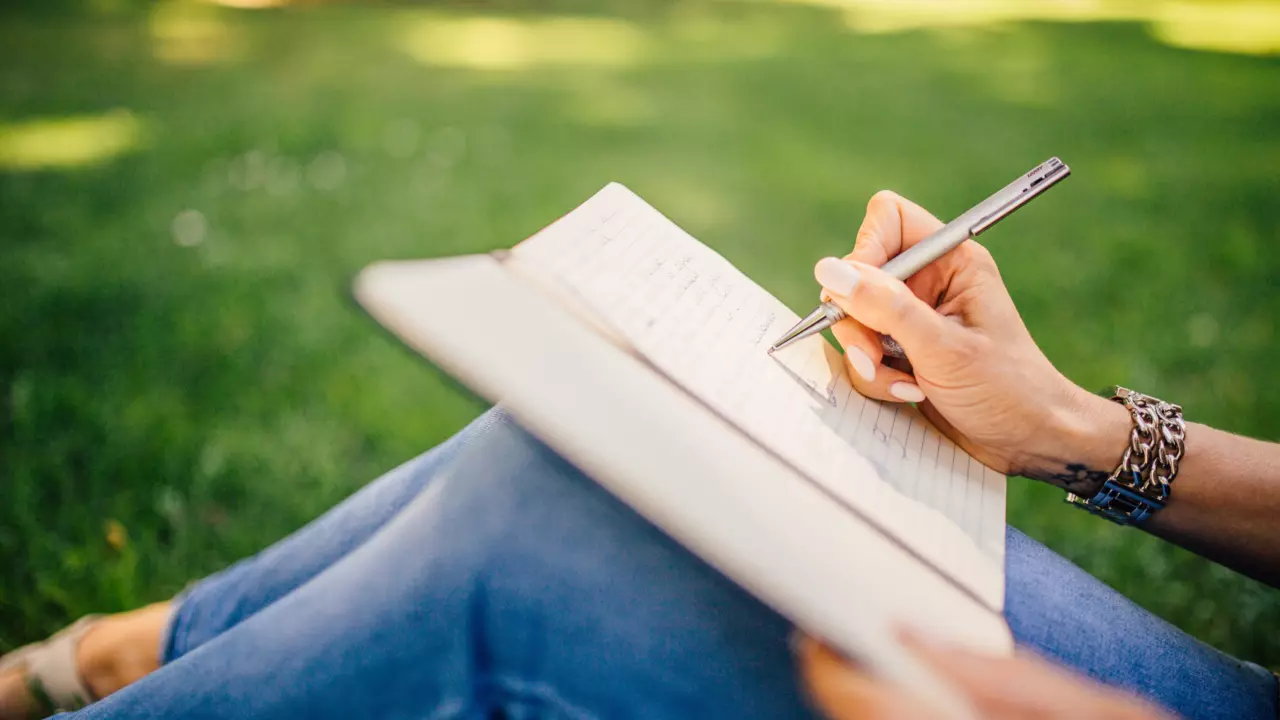Dieke’s Story – Misdiagnosed with LAM
Dieke was recently diagnosed with BHD, after initially being diagnosed with LAM. In this interview she shares her diagnosis journey, how she manages her condition and what advice she would give to others in similar situations.
You can read this interview in English below, or download a copy in Dutch (Dieke’s first language) here.
When were you first diagnosed with BHD?
I was diagnosed March 2021.
How did you get diagnosed and what was the process/how long did it take?
In 2018, I had stabbing pains in my lower abdomen. Those are still unexplained, but on a CT scan, lung cysts were found by coincidence. The first diagnosis was probable LAM, but I read in my medical report that they could not rule out BHD. I asked my pulmonologist about that, and he agreed to do a genetic test which turned out to be positive for BHD.
What impact has the diagnosis had on you and your family members?
For me it was a relief to have a definite diagnosis. I always doubted LAM.
How did you tell your family members about BHD and what was their response?
I told my family I was getting tested, and that BHD is hereditary. Because my maternal grandfather died of bilateral kidney cancer, I supposed it came from my mother’s side. I did ask my father’s family, but there was nobody who had issues related to BHD. I think my mother only realised it was true when she heard she had indeed BHD herself. My sister tested negative, and my brother is still considering getting tested. My children decided to postpone testing for a while.
What were your first symptoms?
My first symptoms were the lung cysts.
What other symptoms have you had?
I do have some fibrofolliculomas on my face, but I just noticed them with my glasses on after diagnosis.
What has been the most challenging aspect of being recently diagnosed BHD?
It makes me a bit of a hypochondriac and insecure about my health sometimes.
How do you manage your symptoms of BHD?
I do cardio training 2-3 times a week and eat healthily, to keep me as fit as possible.
What treatments have you had/are having?
I was having treatment for LAM until recently, which meant regular blood and pulmonary tests. After my BHD diagnosis, I had a CT scan of my kidneys. Because that showed no issues, it was planned that I would have yearly ultrasounds. However, I heard Professor Bratslavsky explain at the “Meet the Expert” event, that people with BHD should have MRIs instead. I discussed that with my urologist, and he agreed to that. I will still be having pulmonary tests also. The fibrofolliculomas are almost invisible and do not need treatment at the moment.
What advice would you give to people who have also been recently diagnosed or are in the process of being diagnosed?
I think it is important to be on top of your own medical situation. In my case, asking about a loose comment about BHD in my medical file led to my diagnosis. Especially with BHD being such a rare disease it is important to inform yourself, because chances are that your doctors have never heard about BHD. The BHD Foundation is a very good source!
What would you like to see for the future of BHD to increase patient quality of life?
Early diagnosis is key with kidney cancer, so awareness among clinicians is very important. For people with severe issues with fibrofolliculomas it would increase quality of life to have a method to erase or at least make them less visible.
What can the BHD Foundation do to better support the BHD patient community?
I think the BHD Foundation is doing a great job!
How can we raise awareness of BHD among clinicians?
We as BHD patients can do our (small) part by pointing clinicians to the BHD Foundation. The BHD Foundation could probably send information about BHD to associations of doctors like genetic counsellors, GPs, dermatologists etc. They should be able to spread the information.
